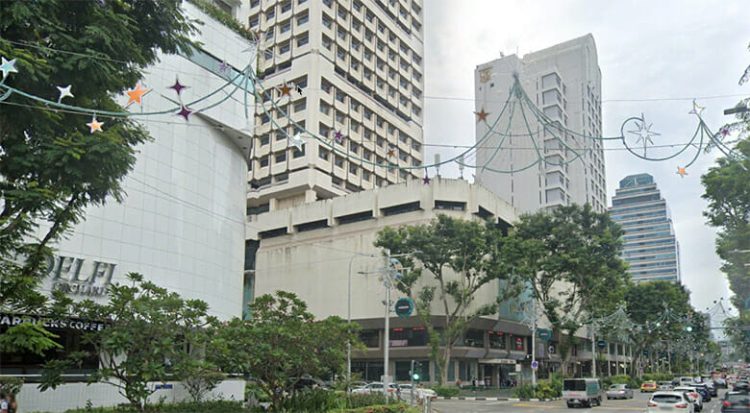Orchard Towers: Singapore’s Towering Enigma

s both high-end offices and notorious nightlife establishments. It’s a symbol of Singapore’s economic prowess and, simultaneously, a notorious haunt. This article delves into the complexities of Orchard Towers, exploring its history, its infamous reputation, and the ongoing efforts to redefine its identity.
A Tower of Contrasts
At first glance, Orchard Towers appears as an anomaly. Nestled amidst luxury shopping malls, high-end boutiques, and five-star hotels, it stands as a stark reminder of the city-state’s complex social fabric. Completed in 1975, the building initially housed offices and retail spaces. However, over time, the lower floors transformed into a hub for nightlife, attracting a diverse clientele ranging from affluent businessmen to foreign workers.
The building’s architecture reflects its dual nature. The upper floors, home to offices, exude a corporate elegance, while the lower levels, with their dimly lit bars and clubs, possess a decidedly darker ambiance. This architectural dichotomy mirrors the building’s reputation: a respectable facade concealing a more sordid underbelly.
The Infamous Four Floors
The lower four floors of Orchard Towers have earned the building a notorious reputation. Dubbed the “Four Floors of Whores,” this area became synonymous with vice and illicit activities. The bars and clubs that occupied these floors catered primarily to a male clientele, offering a range of services beyond alcoholic beverages. This reputation, amplified by local and international media, transformed Orchard Towers into a symbol of Singapore’s darker side.
The building’s association with crime and vice has been well-documented. Numerous incidents, ranging from brawls to more serious offenses, have occurred within its walls. This negative publicity has had a profound impact on the building’s image and the surrounding area.
The Fightback: A New Orchard Towers
Recognizing the damage to its reputation, the Singapore government and building management have undertaken concerted efforts to transform Orchard Towers. In recent years, there has been a push to replace the sleazy bars with more family-friendly establishments. The aim is to create a space that is welcoming to a broader demographic.
This transformation is a challenging endeavor. The building’s history is difficult to erase, and attracting reputable tenants willing to risk their brand image by associating with Orchard Towers is no easy task. However, progress has been made. New restaurants, cafes, and retail outlets have opened their doors, offering a glimpse of the building’s potential.
Social and Economic Implications
Orchard Towers is more than just a building; it is a microcosm of Singaporean society. The building’s history reflects the country’s economic growth and its challenges in managing rapid urbanization. The contrast between the affluent Orchard Road and the seedy underbelly of Orchard Towers highlights the social inequalities that persist in the city-state.
The ongoing transformation of Orchard Towers is a test of Singapore’s ability to balance economic development with social responsibility. It is a reminder that even in a highly developed nation, challenges remain. The success or failure of this project will have far-reaching implications for the city-state’s image and its aspirations for the future.
Conclusion
Orchard Towers is a complex and multifaceted entity. It is a symbol of Singapore’s contradictions, its successes, and its challenges. The building’s history is a cautionary tale about the dangers of unchecked commercialization and the importance of responsible urban planning.





